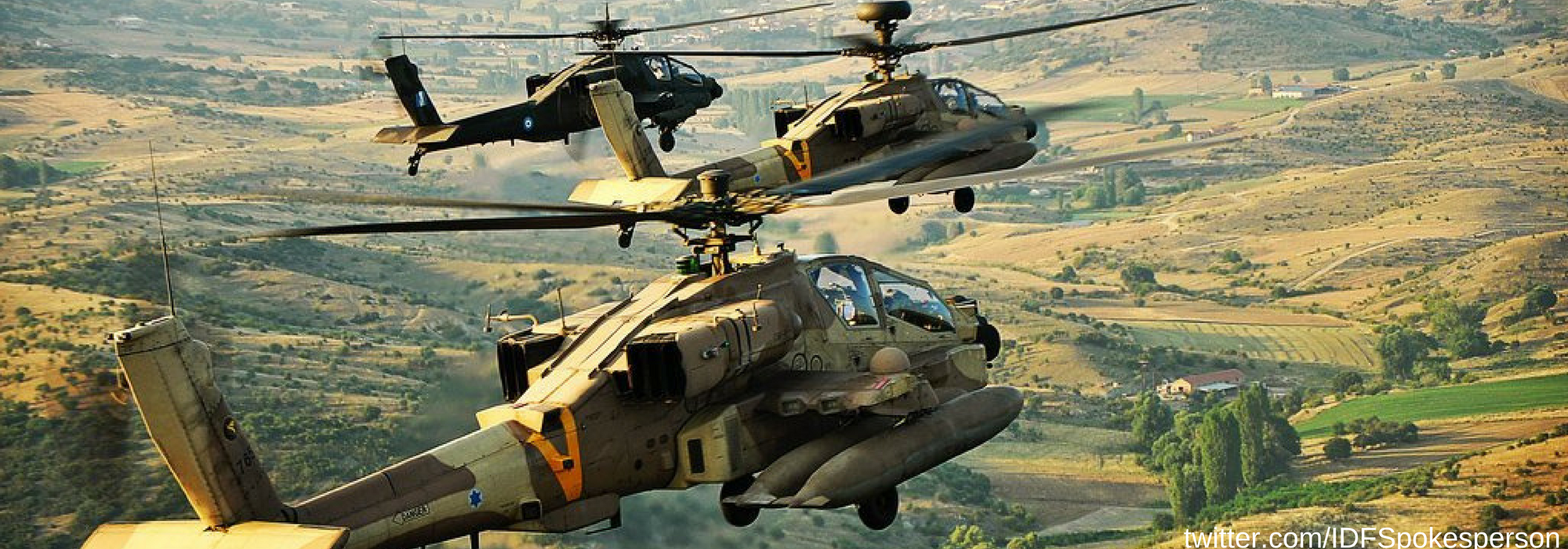
by: Nathan Williams, Deputy International Administration Director
Everyone has a favorite time of year to come and enjoy all the Land of Israel has to offer. While winter is perhaps not the preferred time to visit for many, it is the season in which the beautiful holiday of Hanukkah occurs. Known as the Festival of Lights, the Feast of Dedication and the season of miracles, it is a time when the country comes to life with twinkling lights. For a memorable outing during Hanukkah, go searching through the narrow streets of Jerusalem’s picturesque neighborhoods to find the most striking and elaborate Hanukkah menorahs (candelabras). This unique menorah is centrally rooted in Jewish tradition, and its meaningful symbolism is still very relevant in the lives of the Jewish people today.
Hanukkah commemorates the recapture and rededication of the Temple in Jerusalem after the Jewish rebellion of the Maccabees against the oppressing Seleucid Empire. The Maccabees desperately wanted to reinstate the Temple service, which included lighting the great, golden seven-branched Temple menorah. The Temple had been ransacked, and according to tradition, the sanctified olive oil needed to relight the golden menorah was only sufficient for one day. Yet in faith, the Maccabees lit the menorah, hoping to produce more oil before the sacred light was extinguished once again. The miracle of Hanukkah is not only that the Jewish revolt secured an unbelievable victory, but also that the very limited amount of olive oil kept the Temple menorah burning for eight days. To remember the great day the Maccabees rekindled the great menorah, Jewish people light candles or lamps during Hanukkah.
A Hanukkah menorah, also known as a hanukkiah, has nine branches instead of seven and is central to the rich symbolism of this holiday. Eight branches represent the number of days the miracle oil kept burning, and the ninth branch is known as the shamash or servant candle, which is used to light each of the other lights. The progressive illumination of the hanukkiah embodies a tradition that dates back to the earliest history of this festival. Each night over the holiday, an additional candle is lit: one on the first night, two on the second and so on until on the final night, all eight candles plus the shamash are burning brightly.
The design of the hanukkiah has become a source of boundless creative interpretation. One can find designs in ornate silver, stained glass, wood and may other variations. A kosher (satisfying the requirements of Jewish law) hanukkiah must have eight candle or oil holders and one more that is set apart from the rest for the shamash candle. The lights can be either wax or oil-fueled, while traditionalists opt for olive oil as mentioned in the Maccabean story. The eight candles should be arranged in a straight line and be level or on an even slant. The maximum height of a Hanukkah menorah is around 31 feet (9.4 m.), as anything above this height is considered out of direct eyesight.
In the Jewish writings there is a repeated phrase considered a commandment for Hanukkah. Pirsumei nisa is from the Aramaic dialect and means to “publicize the miracle.” In a Jewish home, the light of the hanukkiah will not be hidden under a bushel. It is placed in the most prominent place possible—a window sill or even outdoors—where passersby can see it and recall the wonders of Hanukkah. As the light shines from the home into the dark of winter, it is a reminder to all who see it of the miracle-working power of God. Jewish people around the world continue to publicize the miracle, and the hanukkiah enjoys an international reputation.
During Hanukkah in 2017, the Jewish Chabad-Lubavitch organization arranged to have over 15,000 large public hanukkiot (plural for hanukkiah) in more than 100 countries across the world. They were placed in front of major landmarks, such as the White House, the Eiffel Tower and the Kremlin in Russia. The World’s Largest Menorah can be found in Manhattan, New York City, and has been erected annually for 40 years since 1977. At 36 feet (10.9 m.), this gold-colored, 4,000-pound (1,814 kg.) steel structure has genuine oil lamps and has been illuminated by many previous New York City mayors, United States senators and other notables. The institution of displaying mammoth public hanukkiot was encouraged by the Lubavitcher rebbe, Rabbi Menachem Mendel Schneerson to bring the radiance of the menorah to as many dark corners of the world as possible.
The story of Hanukkah is for better or worse a very Jewish story, one of persecution and redemption. But this holiday, and thereby the hanukkiah itself, is a strong symbol of the strength of the Jewish nation to rise against the oppression of a foreign enemy. It has become an integral link between the modern Jewish home and the remarkable Jewish history of triumph over evil. Its validity today is as powerful as ever, as the Jewish nation is continually threatened by neighbors and foreign powers. The brilliance of the hanukkiah and the Hanukkah story provokes the remembrance of miracles, of God and of the triumph of light over darkness—something that Israel’s enemies will do well to remember.
All logos and trademarks in this site are property of their respective owner. All other materials are property of Bridges for Peace. Copyright © 2024.
Website Site Design by J-Town Internet Services Ltd. - Based in Jerusalem and Serving the World.